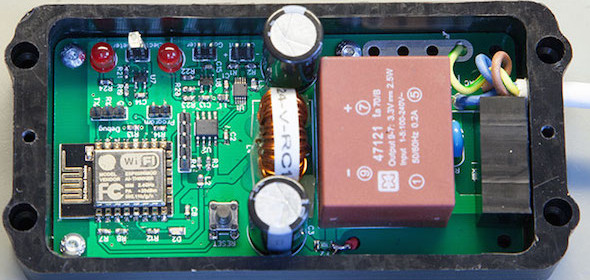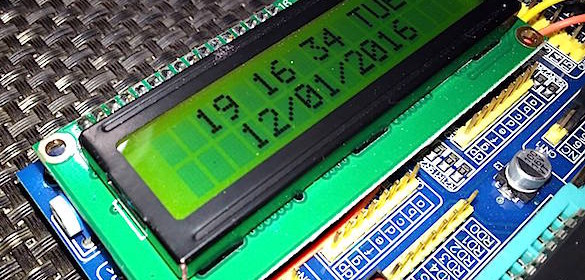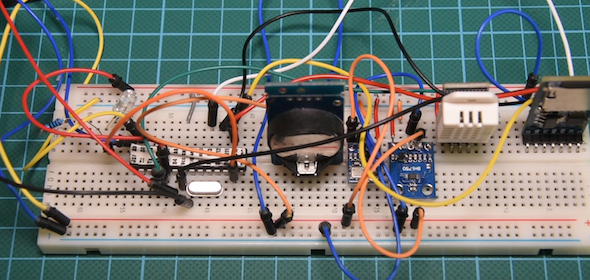Prototyping board with built-in power supply

This prototyping board with built-in regulated power supplies was designed by Electro-Lab and consists of four independent DC-DC buck converters based on LM2675-ADJ and generates 3.3V, 5V, 12V and -12V at 1A. Prototyping is a useful and powerful method in electronics which lets us analyze a circuit before using it in a system or turning it into a product. In this process we may need a single supply or multiple supplies to power the circuit depending on the type of the application. For example, an op-amp circuit may need a symmetrical supply such as +12V and -12V or a logic circuit
Read more


